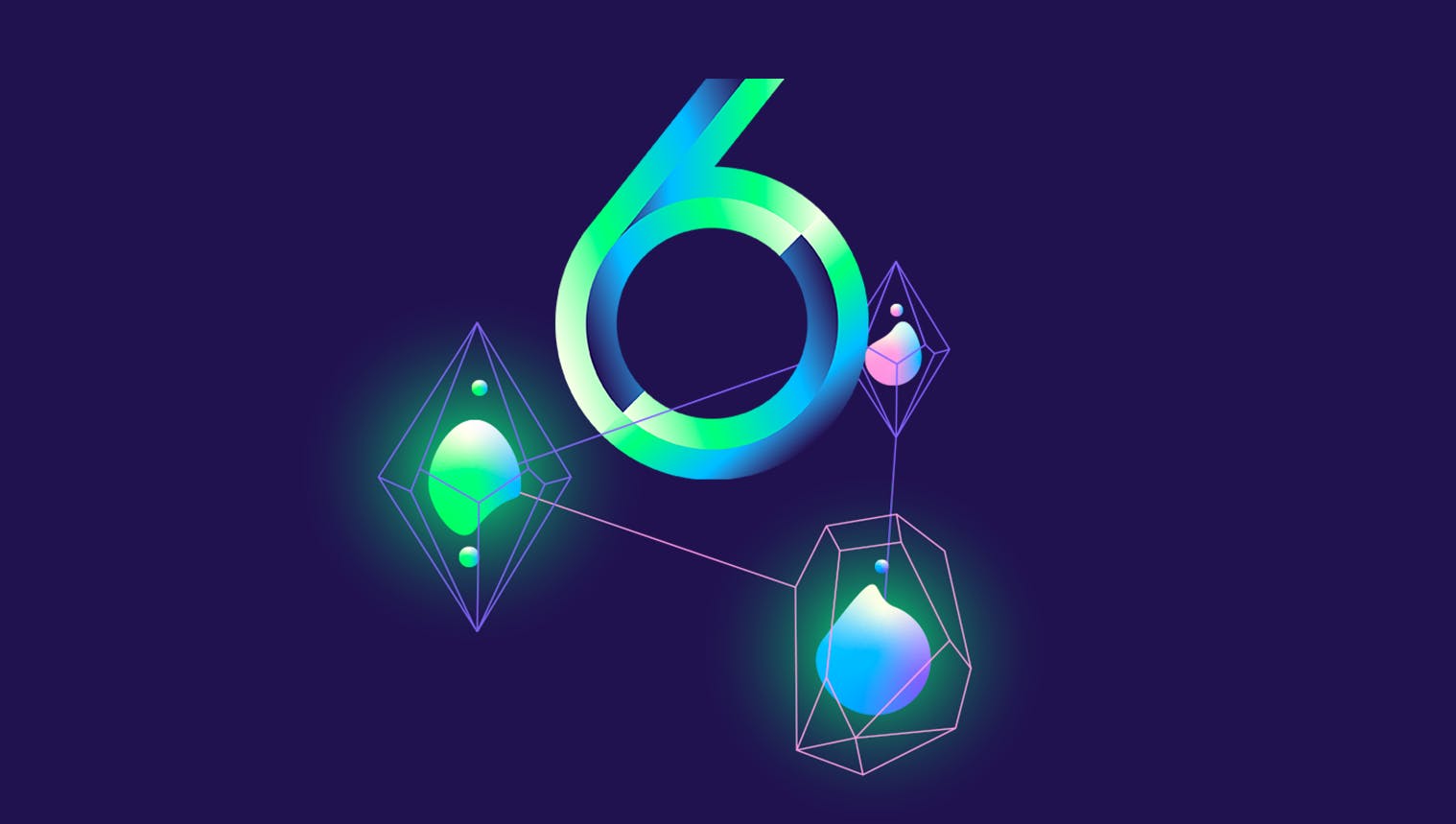Understanding the impact of AI in HR

At the heart of it all, HR is about supporting your people. Somewhere along the corporate experience’s evolution, that perception of HR got a little hazy. And the workload reality, for many HR professionals, lost that thread as well.
With high demands on their time to complete paperwork and sift through resumes, HR leaders can feel left with little time for brainstorming creative ways to enhance the employee experience. In an ideal world, HR encompasses the entire employee life cycle, from recruiting and onboarding all the way to upskilling employees and managing the employee experience.
As companies scale, the massive workload stretches the capabilities of HR teams. This leads some employees to view HR as little more than the policy police. Without AI, they don’t have the time or tools to process data in such large quantities while remaining present for their employees. Managing a small team without automation is doable, but organizations are screening more candidates and collecting more data. HR teams need support to keep up, and that’s exactly what AI offers.
What are the uses of AI in HR?
AI can be implemented into almost every aspect of HR. Recruitment, hiring, onboarding, engagement, recognition – if you can name it, AI can probably make it better for everyone. When HR processes run like a well-oiled machine, candidates and employees notice. Most everyone has experienced a chaotic workplace in their career, where everything from rewards and complaints all the way down to candidate resumes gets lost in the scattered mess of it all. It’s no fun for anyone.
AI takes charge of the simple tasks, automating what can be automated and optimizing everything else, giving HR more time to focus on what matters most: Your people.
Here are a few examples of how.
Automation of manual tasks
Automation is the root of AI’s impact on HR. It transforms the daily tasks HR teams complete, shifting responsibilities up a level. Instead of manually processing data, HR teams use the additional time and results to make informed decisions that improve the employee experience, from the recruitment period all the way to the exit interview.
AI automates sifting through data, publishing job descriptions, collecting candidate details, contacting potential candidates, and screening resumes with natural language processing techniques.
This narrows the candidate pool down to those who qualify for the position. Hiring managers can then interview and test the qualified candidates to identify the best fit. That sounds a lot more efficient and effective than sifting through hundreds of resumes, one at a time.
At some point, eyes glaze over and quality candidates get overlooked. AI all but guarantees that the most qualified resumes will move to the top of the list. HR teams can then use their expertise to suss out the best candidates for the job.
Automation can be applied beyond recruitment as well. HR managers can automate remuneration, optimizing employee compensation models and freeing up hours that would otherwise be spent on manual payroll.
Certain communications can also be automated, taking responsibilities like event reminders off the team’s plate.
Reduction of hiring bias
While more research is required to confirm whether or not man-made algorithms are completely free of bias, they are less prone to subconscious bias than humans alone. Without AI, many recruitment processes fall victim to bias from the moment they begin screening resumes.
Names, schools, gender, address, and photographs lead recruiters to make a series of subconscious assumptions about the applicant’s qualifications.
Once the candidates are called in for an interview, assumptions are made about the way they dress and talk. Interviewers choose interview questions with these assumptions floating around in the back of their minds, which can push the candidate’s performance in one direction or the other.
AI reduces the risk of bias in hiring by screening candidates with as little human bias as possible. That way, subconscious bias is removed from the hiring process until the candidates are interviewed in person.
Acceleration of recruitment processes
The longer the time to fill, the higher the cost of lost productivity. Rush the recruitment process, though, and you end up right back in the same position when an ill-fitting candidate jumps ship a few months down the line.
AI drastically improves recruiting efficiency. Using machine learning models, AI screens resumes based on set criteria. The candidate pool gets whittled down to include only those who qualify for the job. Hiring managers can use their skills to identify the best-fitting candidate based on company culture, personality, unique competencies, etc.
Candidate profiles can be stored in a catalog that will automatically alert HR if a candidate meets the criteria for a future open role. AI can also identify which current employees qualify for an open role, enabling internal mobility. HR can then inform candidates what skills they need to develop to move farther up the ladder.
Improved retention rates
AI arms hiring managers with data, giving them an in-depth understanding of the candidate’s competencies, as well as what attributes are necessary to be successful in a specific role. This creates a crystal clear picture of what recruiters should look for. Job descriptions become more accurate, attract the right candidates, and lead to better hires.
Once the perfect candidates are hired, they can go through a sophisticated, AI-powered onboarding process personalized to their needs. AI can identify the areas where candidates need extra preparation and track their progress, automate simple tasks, answer questions, and provide real-time feedback.
After onboarding, AI continues to improve the employee experience through the gamification and personalization of employee rewards and recognition. This goes a step beyond employee satisfaction, promoting both engagement and happiness.
By matching candidates with the best-fitting role, setting them up for success, and continuously promoting their happiness, AI creates an employee experience that helps employees to thrive long term.
Simplified candidate and employee communication
Chatbots can be used in recruiting and onboarding. They filter through applications, screening and shortlisting candidates based on predetermined criteria. Candidates can communicate with the HR department via the chatbot at any point in their hiring process. This helps prevent subconscious bias in cases where demographic information is shielded from the hiring team throughout the recruitment process.
Chatbots can also answer questions employees may have about company policy, indexing the employee handbook and producing an answer in rapid time.
Organizations can use AI to create and fill in digital forms with resume data. The forms are made to be simple and engaging, using an interactive survey format that leaves candidates with a positive impression of the company.
The process can be used for employee help requests and complaints as well, offering anonymity when suitable.
People-first approach to work
Because AI provides an in-depth, objective view of employees, they can be more people-centered in their approach. Less bias means assessments and decisions are made based solely on people and their actions , safe from the interference of preconceptions.
Your employees are your people. They have real needs, and even the most innocent assumptions can mislead your efforts to fulfill those needs. AI gives HR the insight necessary to design a work environment with their people at the center.
When HR knows what support and education people need to succeed, they can execute a tailored approach that empowers their people to succeed.
Optimized learning & development
AI can detect and accommodate each employee’s individual learning styles, as well as identify a specific employee’s knowledge gaps. Learner profiles are created to support each employee’s style, needs, and goals. When implemented, AI tends to improve L&D engagement and completion rates.
Algorithms can even identify opportunities for upskilling and reskilling, inspiring employees with a new career goal in the process.
Employees appreciate investments in their personal and professional development that make a tangible difference in their careers. Using AI programs to learn specific skills they lack or work toward goals they must meet for potential promotions motivates employees to engage with the program.
Value-added in HR
Time saved by AI introduces the opportunity for HR to put the technology’s strategic insight to use. HR teams can combine the data collected by AI with their intimate knowledge of how the organization’s people operate to become a strategic voice in the boardroom.
Historically, HR hasn’t maintained the strongest boardroom presence. Investing in your people is investing in the success of the organization, and AI gives you the time to show the c-suite how prioritizing the needs of the people can carry them closer to their big goals.
Application of workforce data and analytics
AI can make data work for HR teams instead of the other way around. AI analyzes employee skills data, matches employees with relevant open positions, analyzes employee referrals to collect success rates, and leverages transactional workforce data to assess employee potential, fatigue, and engagement. HR managers can use this information to better support employees struggling to thrive within the organization.
Wrapping up
Human resources cannot exist without humans. It will never be purely automated, run by AI and AI alone. There are, however, a number of mundane tasks that are better left to advanced AI. Automating simple, straightforward tasks and utilizing sophisticated machine learning models give HR teams the time and tools necessary to do what they do best.
HR isn’t passing the torch to AI. AI gives HR professionals x-ray vision into the inner workings of the workforce. They learn what candidate attributes fit best, what L&D resources employees prefer, and how to unlock their employees’ full potential.
Spending less time hunting down candidates and sifting through endless resume pools means HR teams can hire new candidates faster, devoting more time to the tailored onboarding process and supporting the employees that keep the organization up and running every day.
It would be easy to assume that AI dehumanizes HR, but that couldn’t be further from the truth. When used correctly, AI handles the tasks that are already robotic. They don’t require empathy and require the accuracy and precision AI allows. HR professionals are then freed from the chains made of neverending paperwork and are free to use their empathetic nature to its fullest extent.
AI is still evolving. There will likely be more sophisticated use cases as time progresses, all designed to help humans do HR better. That, friends, is how AI puts the heart back in HR.


Ready to chart a new course for your people at work?
Learn more about how your organization can use AI to transform the value of HR with our team.

Uncover more HR insights









